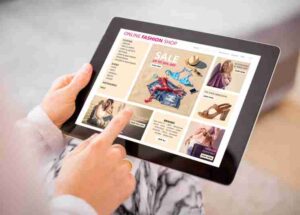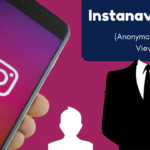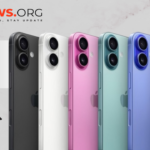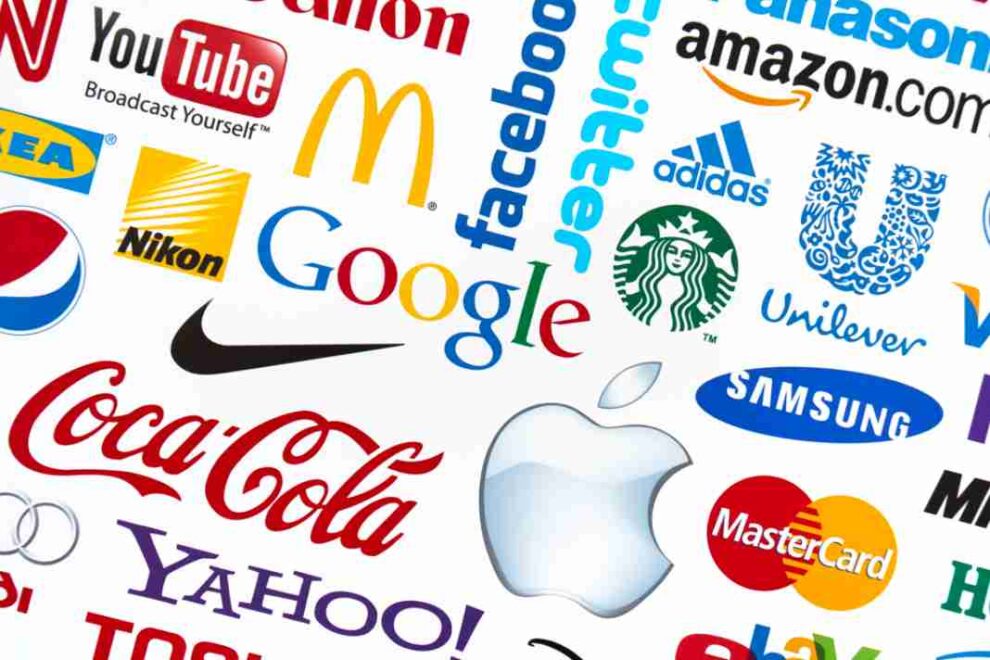When it comes to starting your own business, you need to do more than offer a service; you need to build a brand. That said, building a brand is far from simple, which is why it’s essential to follow the necessary steps. You need to ask yourself what your brand should look like, how it should make people feel, whether it will resonate with your target market, and so on. These questions will naturally arise as you consider what you’re providing and whom you’re looking to reach. From completely new business ideas to reinventing an existing brand, detailed below are just some of the ways you can go about successfully building a brand.

Research Your Competitors and Target Audience
Before any decision-making can take place, you need to understand the market you’re trying to crack. For instance, you need to recognize who your current competitors and potential customers are. There are multiple ways in which you can broaden your awareness of this, such as:
- Shopping in both an offline and online capacity to get an idea of how your potential customers browse and buy products.
- Looking at the relevant social media accounts followed by your target market.
- Talking with people who fall under your target audience to discover which current brands they buy from.
- Checking subreddits that apply to your potential customers and finding their product recommendations.
- Googling your service or product category and assessing the competitors that come up.
When conducting this research, you should make note of a few things. These include the following:
- How customers talk and what they speak about (e.g., their interests and the language in which they express them).
- Who your top-of-mind competitors are (e.g., established and well-known brands within the market).
- Which of your potential customers will be easiest to sell to.
Establishing each of these from the outset will guide you in focusing your brand’s goals in the future.
Select a Focus and Convey Your Personality
Speaking of focus, that’s the next thing to consider in building your brand. Unfortunately, it’s impossible to create a brand that caters to everything and everyone, especially in the early stages. Therefore, finding your focus is essential, and you must use this to guide every aspect of your brand during the building process. In selecting the focus of your brand, you must ask yourself a handful of questions, such as:
- What’s your positioning statement?
- What words would you associate with your brand?
- What concepts or metaphors describe your brand?
Once you’ve answered each of these questions, you can say with confidence that you’ve got the foundations of your brand in place.
Select a Company Name
From getting your signage in place to grabbing the attention of your target market, you need a brand name in place. Depending on the type of company you’re establishing, it could be that your name matters very little or a whole lot. That said, brands are always much more than just their names. For instance, your company’s reputation, actions, and personality all define your brand’s position on the market.
While a business name isn’t a massive deal for every company, for small business owners, this is often the first big commitment you have to make. After all, your brand name impacts everything, including your trademark registration, marketing, domain, and brand logo.
In an ideal world, you’ll have a company name that’s not easily imitated or confused with current brands. If you intend to expand your offerings as your company grows, you should opt for a broad name so that it’s easier to introduce new concepts.
Write a Slogan
While it’s not necessarily essential, a catchy slogan is an asset. You need something descriptive and brief that can be used as a tagline on your business cards, website header, social media bios, and anywhere else. The goal is to make a big impact with only a small number of words.
Unlike your company name, your slogan can be a bit more flexible, changing as you find new marketing angles. For instance, big players such as Pepsi have sifted through over 30 slogans since its establishment in 1965.
Some top tips for creating a short and catchy slogan that makes a strong impression and boosts brand awareness include the following:
- Describe the brand literally.
- Use rhyme.
- Leverage labels.
- Adopt your customers’ attitude.
- Use metaphor.
- Stake your claim.
Find Your Brand’s “Look”
The purpose of branding is to create something that is instantly recognized by customers without them having to think. Globally, the golden arches of McDonald’s and the curly font of Coca-Cola are instantly recognized. This impact is created via how you visually represent your brand via typography and colors.
As far as typography is concerned, your best bet is to keep it simple. You shouldn’t really choose more than two fonts, as more than this could be confusing for your customers. Similarly, you want your font to be easy to read so that your customers aren’t having to struggle to make sense of your brand.
When it comes to colors, they play a bigger role than simply molding the look of your brand; they help you evoke a feeling within your customers. That said, you’ll still want to avoid using colors that are similar to your direct competitors, as you wouldn’t want to be confused with them. Pay attention to color psychology to determine which colors are most appropriate to your brand.
Design a Logo
A company’s logo is essentially its face; this is what makes it recognizable. As a result, you need to create a brand that’s identifiable, unique, and scalable to work at all sizes. After all, your logo will need to exist in multiple places, including the following:
- Your website
- Your social media profile picture
- Your product packaging
- Your video ads
- Your YouTube channel banner
- Your favicon (the icon that sits on the browser tab)
You’ll also want to consider multiple forms of your logo for multiple mediums. For instance, McDonald’s has both a wordmark logo and an icon of the golden arches. When their logo needs to be scaled down, they can use the golden arches for clarity.



















Add Comment